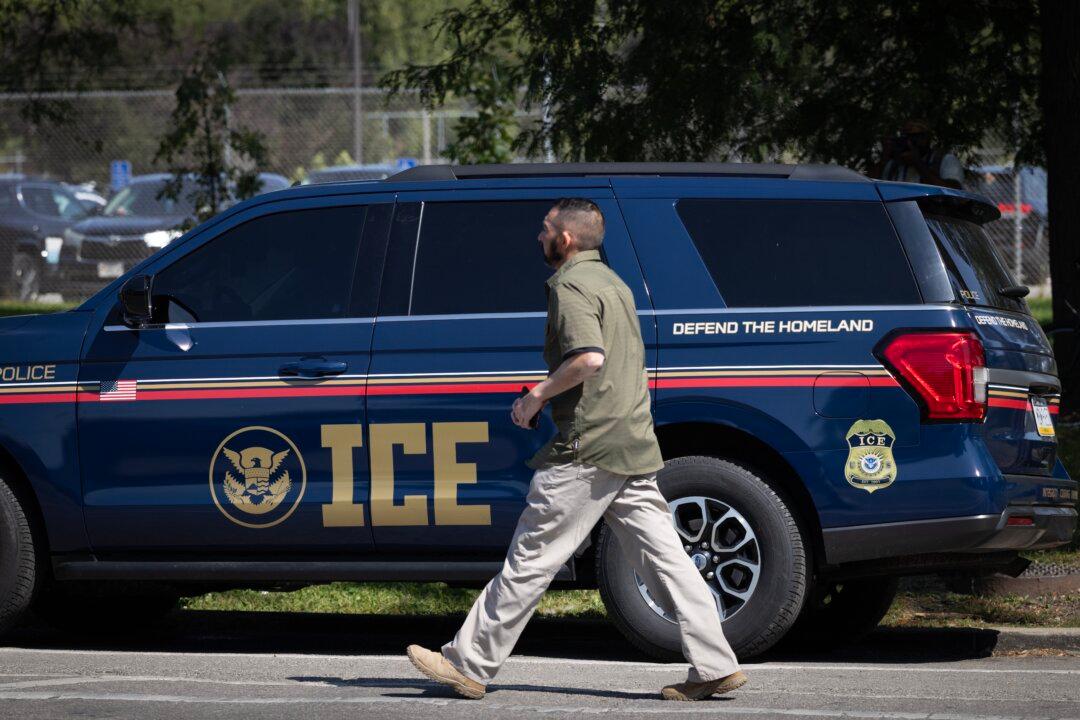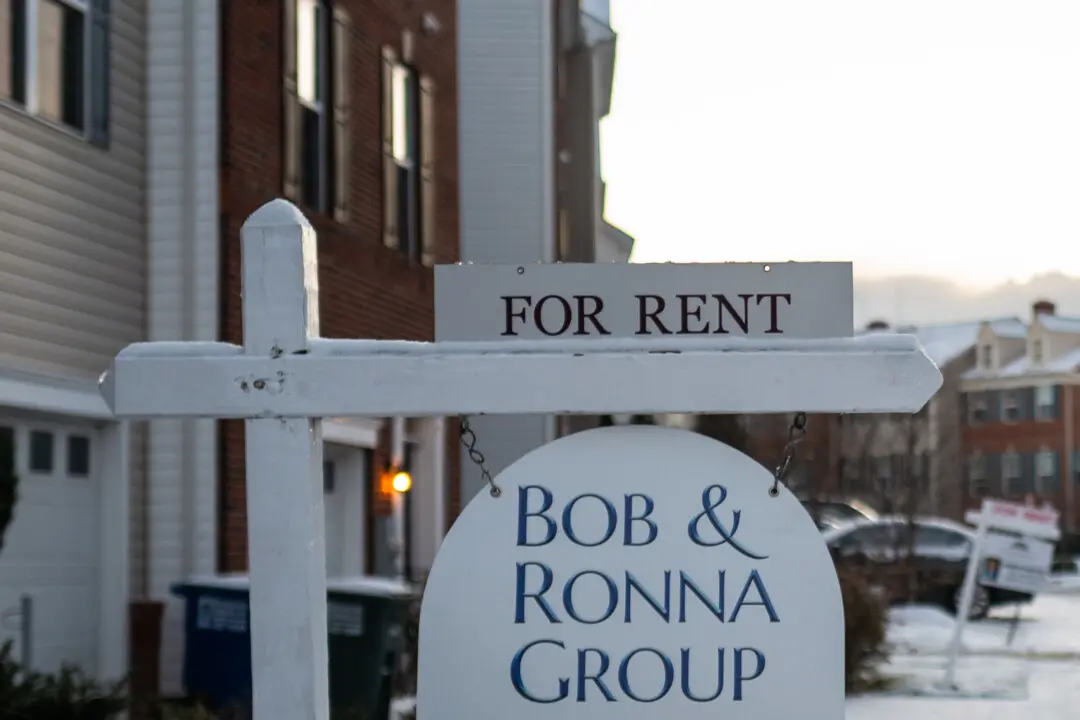The Minneapolis Police Department (MPD) will be receiving millions of dollars as part of an increase in the department’s budget, as unveiled by the mayor on Dec. 10, essentially returning to levels before the region was the hotbed for the “defund the police” movement.
Mayor Jacob Frey and the city council approved a $1.6 billion budget with $191 million allocated to the police department just a month after radical activists called for abolishing the police altogether. Crime has surged since the death of George Floyd last year, after which the city invested in alternative initiatives that have mostly failed to yield results.





